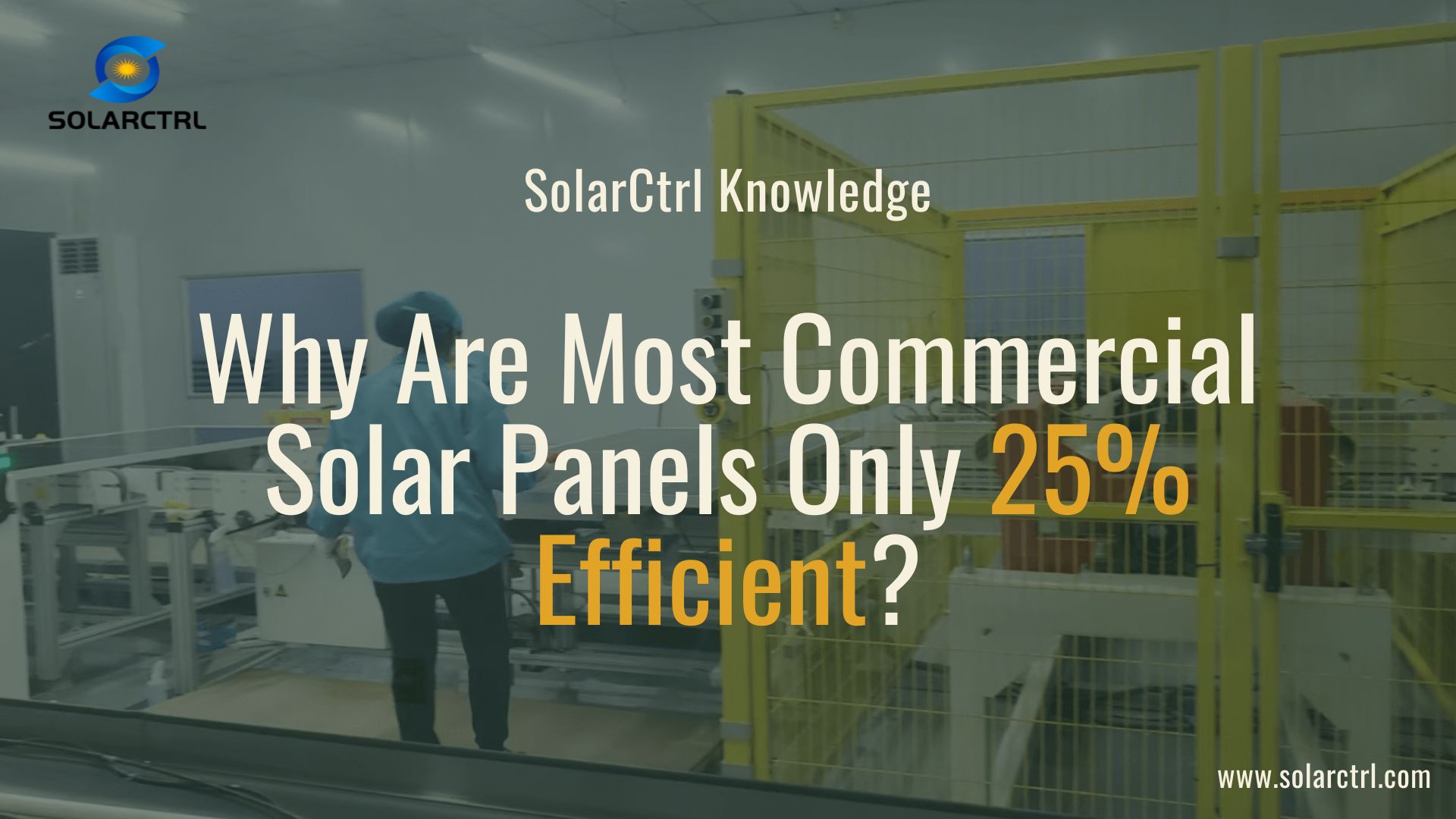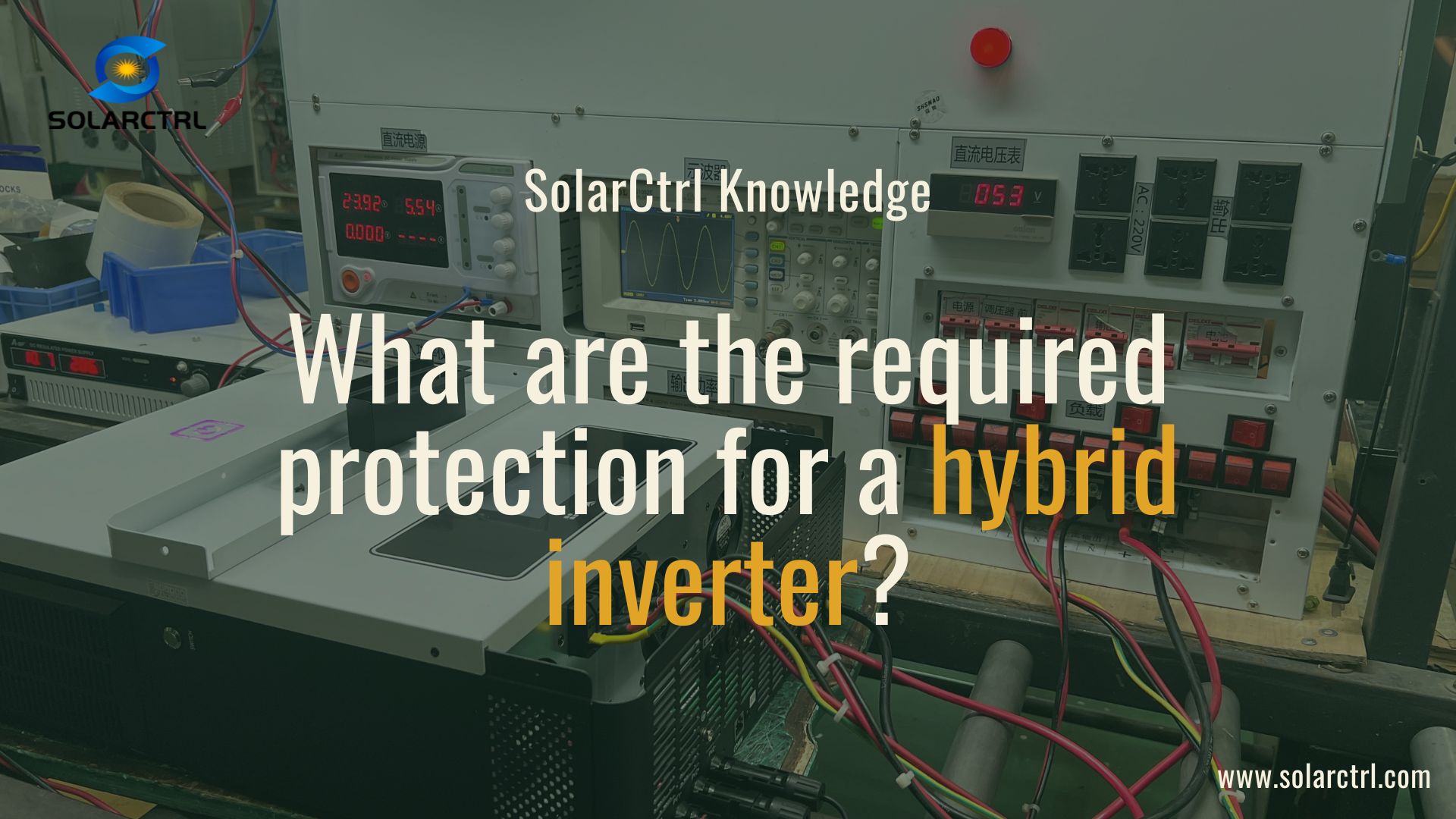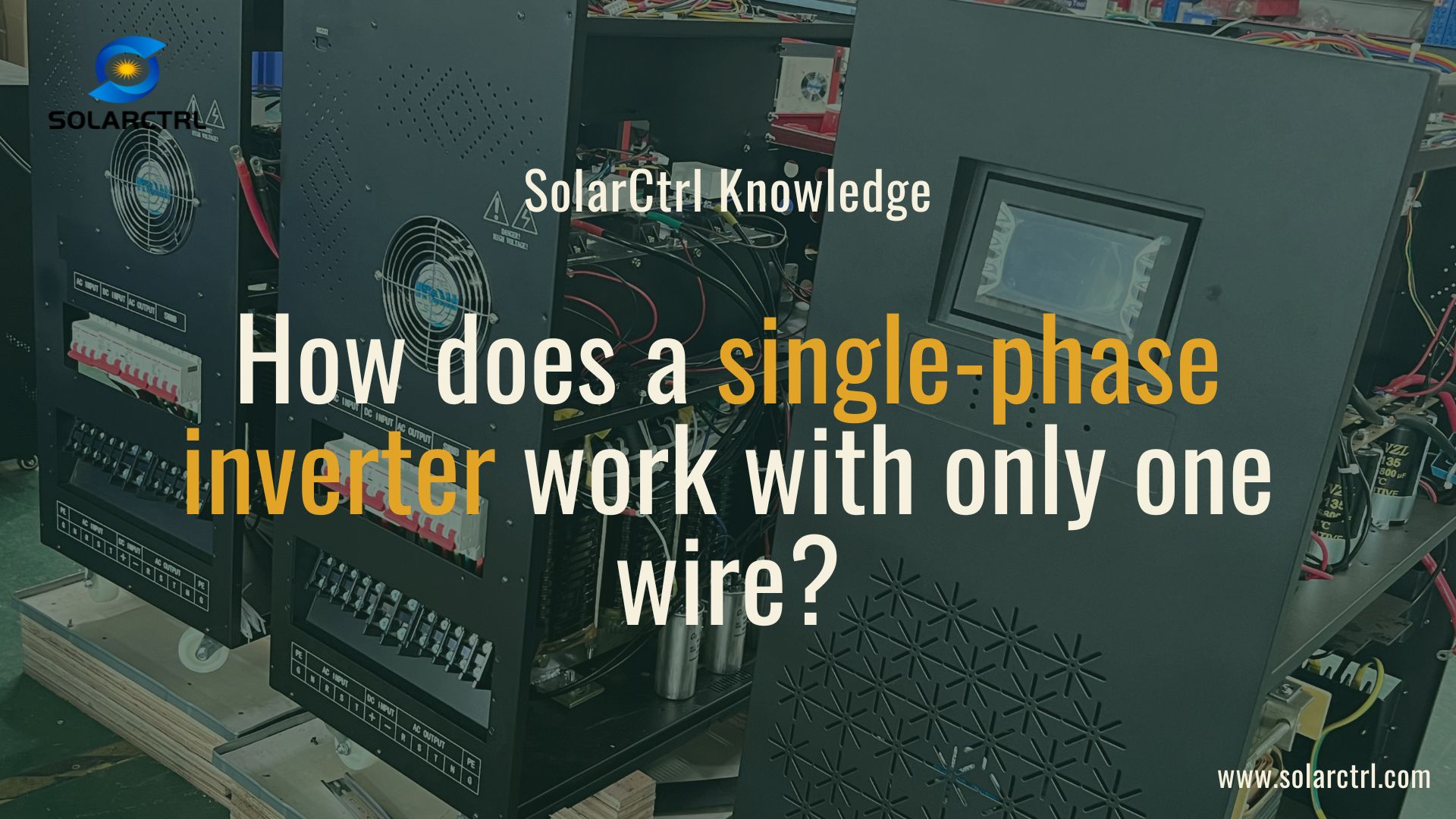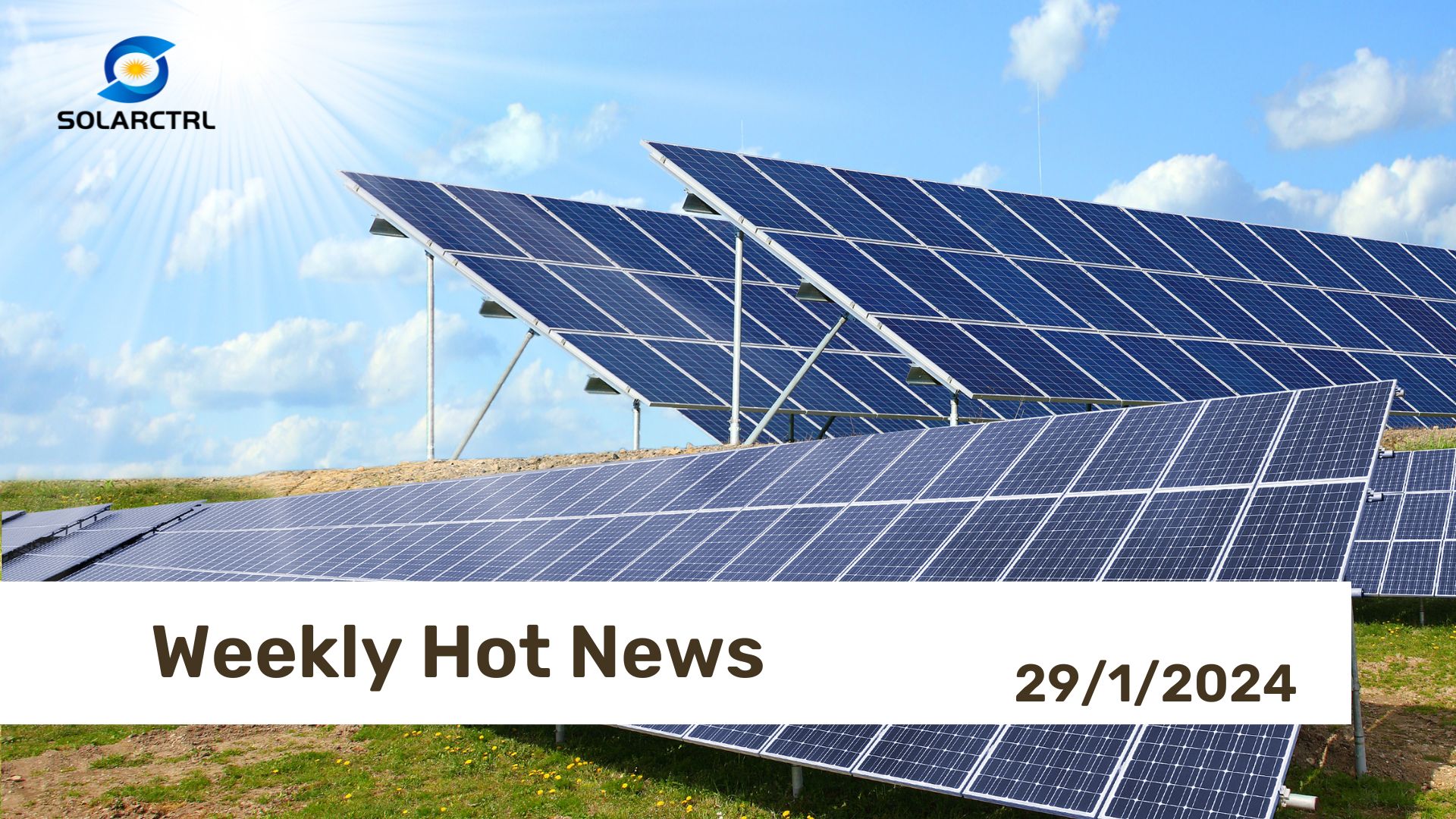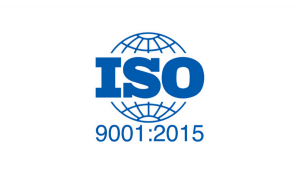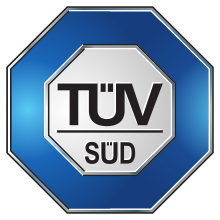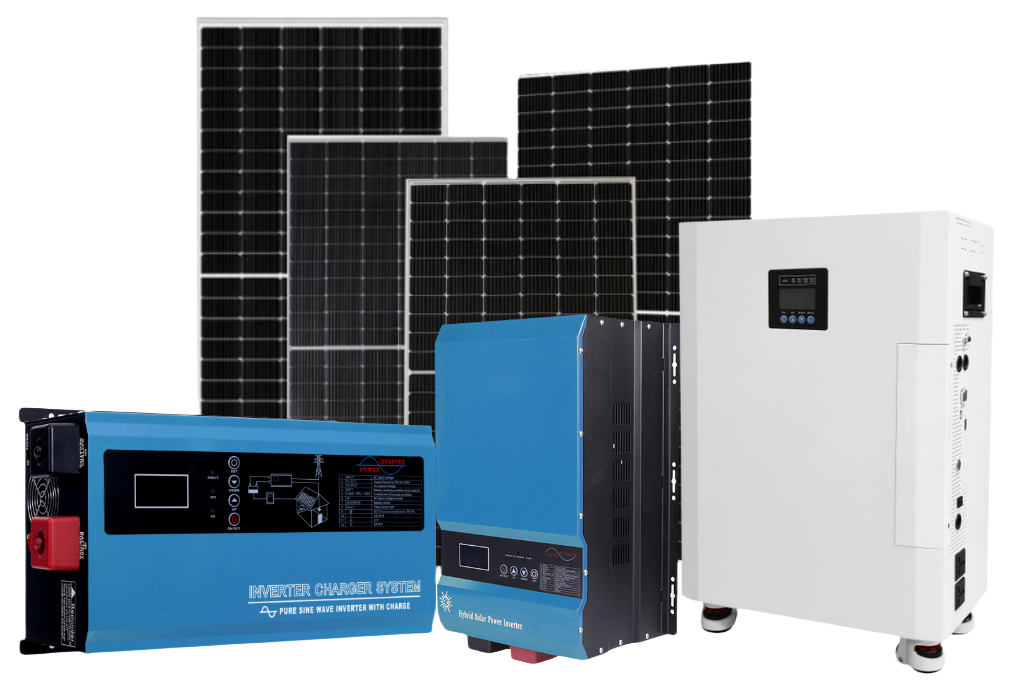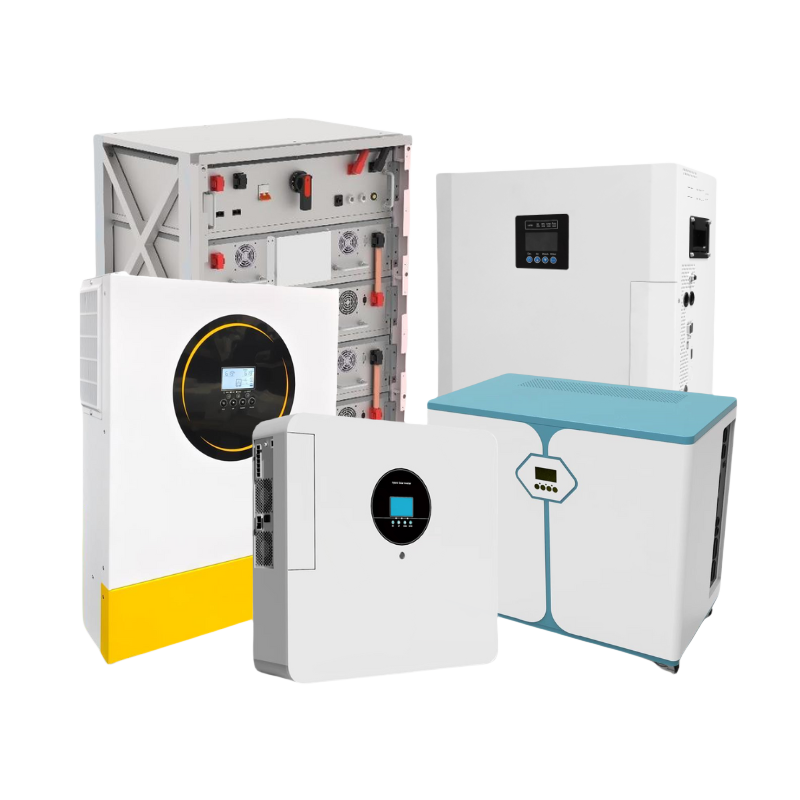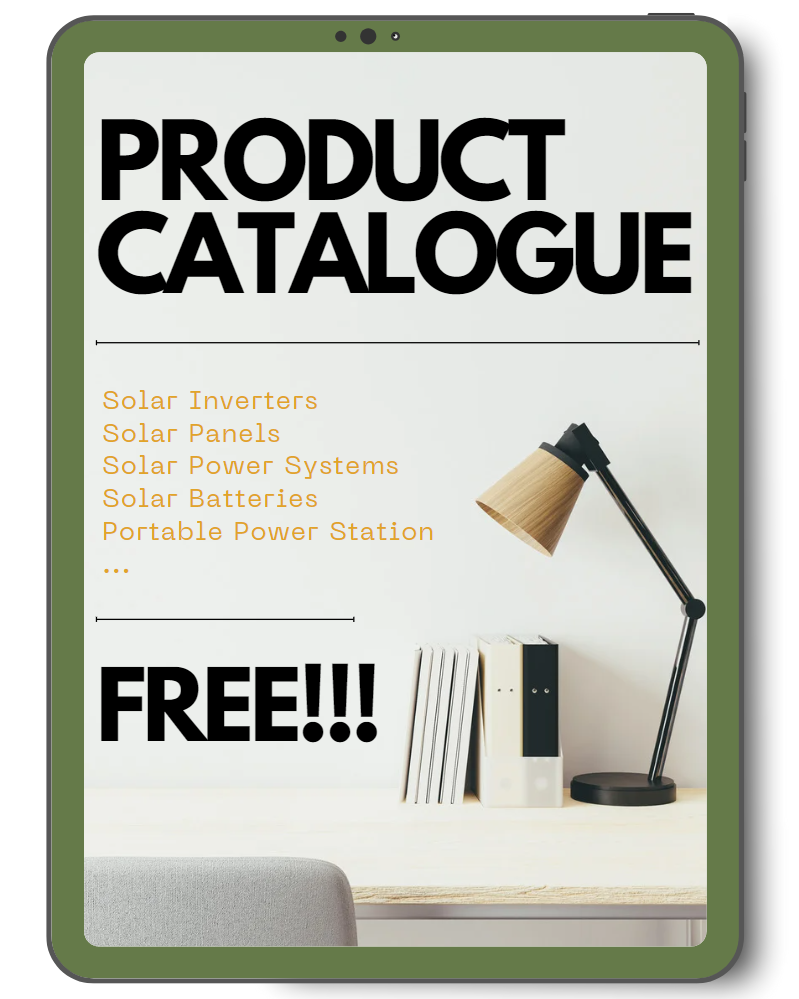Most commercial solar panels are only 25% efficient due to limitations in materials, physics, and current manufacturing processes. Losses in efficiency arise from factors like heat, light reflection, and the inherent limitations of silicon-based technology.
Let’s break down why achieving higher efficiency is such a challenge and what researchers are doing to push the limits of solar technology.
What Does Solar Panel Efficiency Mean?
Solar panel efficiency refers to the percentage of sunlight a panel can convert into usable electricity. For example, if a solar panel has an efficiency of 20%, it means that 20% of the sunlight that hits the panel is converted into electrical energy, while the remaining 80% is lost as heat or reflected away.
The efficiency of a panel depends on the materials used, the design of the cells, and the environmental conditions in which it operates.
Most commercial solar panels today range from 15% to 25% efficiency. While that might sound low, even a slight increase in efficiency can make a big difference in overall energy production, especially for large installations.
Why Are Commercial Solar Panels Capped at 25% Efficiency?
1. The Shockley-Queisser Limit
One of the main reasons commercial solar panels can’t exceed 25% efficiency is a fundamental physical limitation known as the Shockley-Queisser limit. This theoretical limit, which is around 33.7%, represents the maximum efficiency for a single-junction solar cell using traditional materials like silicon. The limit is based on the principles of thermodynamics and quantum mechanics, specifically how photons (particles of light) interact with electrons in a solar cell.
When sunlight hits a solar cell, it excites electrons in the cell’s material, causing them to move and generate an electric current. However, not all photons have enough energy to dislodge electrons, and many photons either pass through the cell or lose energy as heat. The Shockley-Queisser limit defines the balance between capturing photons and converting them into electricity, and it sets an upper bound on how efficiently a solar cell can perform this task with current technology.

2. Material Limitations: Silicon’s Role
Most commercial solar panels are made from silicon, a semiconductor material that is widely used due to its availability, durability, and relatively high efficiency. However, silicon itself has inherent limitations. Silicon solar cells are classified as single-junction cells, meaning they can only absorb photons with a specific energy range. This means that:
- Low-energy photons pass through the cell without generating electricity.
- High-energy photons release more energy than the cell can absorb, and the excess energy is lost as heat.
This inefficiency in capturing and converting a wide range of photon energies limits the overall efficiency of silicon-based solar panels. While silicon is a versatile and abundant material, its energy conversion capabilities are not ideal for capturing all sunlight’s potential.
3. Energy Losses Due to Heat
Another significant factor limiting solar panel efficiency is the loss of energy as heat. Solar cells operate best at lower temperatures, and as they heat up, their efficiency decreases. When photons hit the panel and excite electrons, some of the energy is converted into heat rather than electricity, and this thermal loss reduces the overall efficiency.
Commercial solar panels are typically mounted in outdoor environments, where exposure to direct sunlight and high temperatures can exacerbate these losses. Some panels include cooling systems or are designed to minimize heat buildup, but these features add complexity and cost, and they can’t completely eliminate the issue of heat loss.
4. Reflection and Absorption Issues
When sunlight hits the surface of a solar panel, not all of it is absorbed. A portion of the sunlight is reflected off the surface, and this reflected light doesn’t contribute to electricity generation. Manufacturers use anti-reflective coatings to reduce this reflection, but it can never be entirely eliminated. The structure and design of the panel, as well as the angle at which sunlight hits the panel, also affect how much light is absorbed versus reflected.
For example, in regions with less direct sunlight or during periods when the sun is at a lower angle, solar panels absorb less energy because more light is reflected away. This is another reason why solar panel efficiency remains below 25% under normal operating conditions.

The Limits of Current Manufacturing Techniques
Commercial solar panel production is influenced by both technical and economic constraints. Manufacturers must balance efficiency with cost, and the most efficient materials and technologies are often prohibitively expensive for large-scale production.
For example, multi-junction solar cells, which stack different materials to capture a broader range of light wavelengths, can achieve efficiencies above 40%. However, these cells are expensive to produce and are typically used in specialized applications, such as in satellites or space exploration, rather than in commercial rooftop installations.
In the commercial market, silicon remains the material of choice because it provides a good balance between efficiency, durability, and cost. However, as new materials and manufacturing techniques are developed, future panels may be able to exceed the 25% efficiency mark.
Innovative Solutions and Emerging Technologies
Despite these limitations, researchers and engineers are continuously working to improve solar panel efficiency. Several promising approaches are being developed to push beyond the current limits:
- Perovskite solar cells: These cells are made from a new class of materials called perovskites, which have shown great potential in laboratory settings. Perovskite solar cells have achieved efficiencies over 25%, and they can be combined with silicon in tandem cells to capture more of the solar spectrum. However, stability and durability issues have yet to be fully resolved for large-scale commercial use.
- Multi-junction cells: As mentioned earlier, multi-junction cells layer different semiconductor materials to capture a wider range of light. By combining materials that respond to different wavelengths of light, these cells can exceed the Shockley-Queisser limit. Although currently expensive, advances in production techniques may eventually bring down costs.
- Concentrated solar power (CSP): This technology uses mirrors or lenses to concentrate sunlight onto a small area, allowing for higher energy absorption and increased efficiency. CSP is often used in large-scale solar farms, but the technology is not practical for rooftop installations due to the need for large amounts of space and precise alignment.
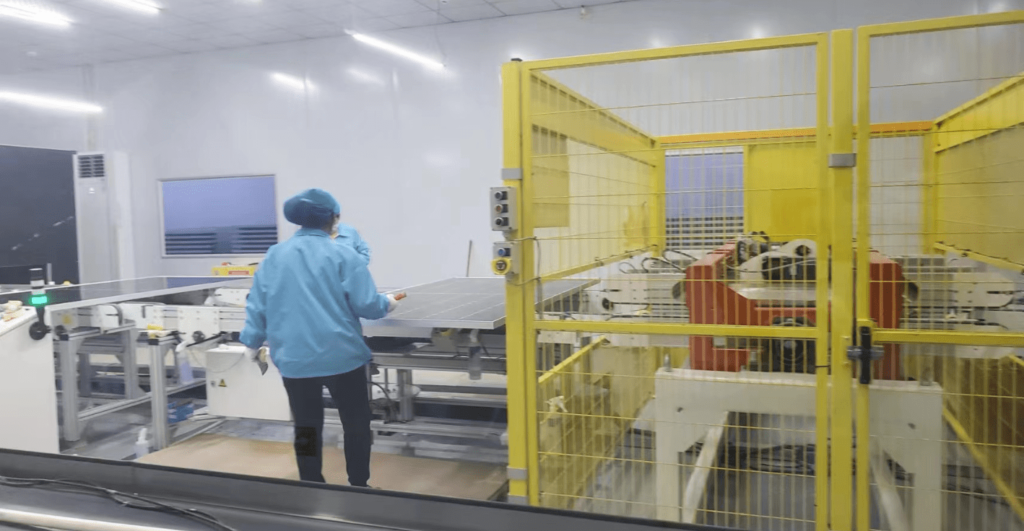
Balancing Cost, Durability, and Efficiency
Ultimately, solar panel efficiency is just one factor in the overall performance of a solar energy system. Manufacturers must also consider the cost, durability, and longevity of the panels. While increasing efficiency is important, it’s not always the most cost-effective solution for consumers or businesses. A panel that is slightly less efficient but significantly cheaper to produce and install may offer better overall value.
In many regions, the total amount of electricity generated by a solar energy system depends not just on the efficiency of the panels but also on factors such as the angle of installation, geographic location, and weather conditions. As a result, a well-designed system using 25% efficient panels may still provide substantial energy savings.
Conclusion
While it may seem that 25% efficiency is low, it’s important to remember the technological and physical limitations that solar panel manufacturers face. The Shockley-Queisser limit, material properties like those of silicon, heat loss, reflection, and manufacturing constraints all play a role in limiting solar panel efficiency. However, ongoing research and technological innovations promise to push efficiency levels higher in the coming years.
For now, the focus remains on balancing efficiency with cost and durability to make solar power accessible and affordable for consumers and businesses around the world. As new materials and techniques emerge, we may soon see commercial panels surpass the 25% efficiency threshold, bringing us closer to a future powered by renewable energy.
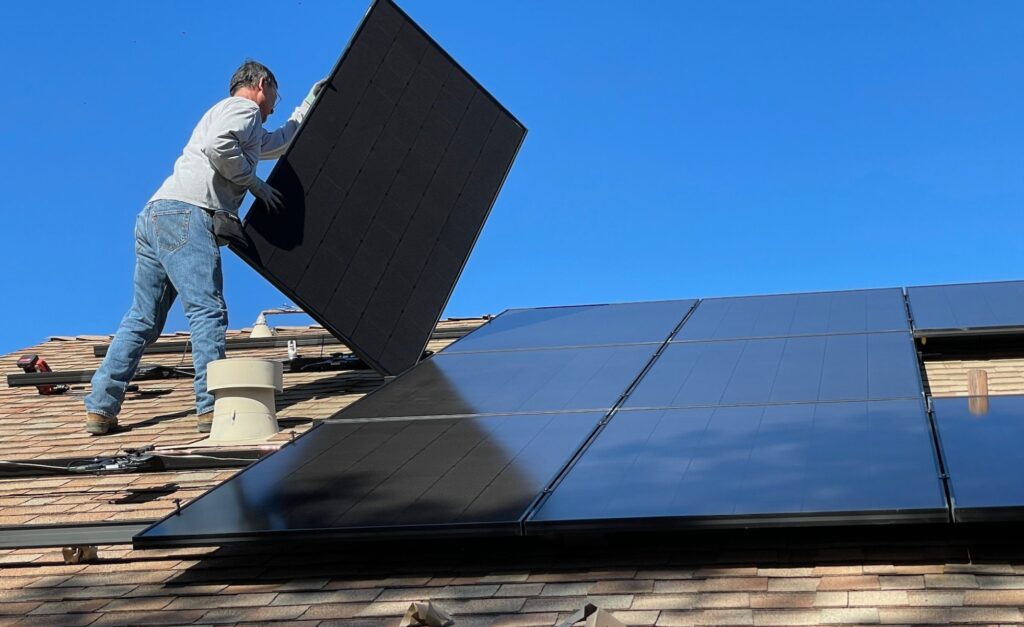
FAQs
1. What factors affect the efficiency of solar panels?
The efficiency of solar panels is affected by several factors including the quality of the solar cells, the type of materials used (e.g., monocrystalline, polycrystalline, thin-film), temperature, angle of installation, shading, and the amount of sunlight received. Efficiency can also be influenced by the panel’s age and the presence of dust or debris on the surface.
2. How do materials impact the efficiency of solar panels?
Materials play a crucial role in determining the efficiency of solar panels because they affect how well the panels can convert sunlight into electricity. Different materials have varying abilities to absorb photons and convert them into electric current. For instance, silicon is the most commonly used material in solar panels due to its balance between cost, availability, and efficiency. However, silicon has limitations in capturing the full spectrum of sunlight, leading to energy losses.
3. Why is silicon the most commonly used material in solar panels?
Silicon is widely used because it’s abundant, durable, and relatively efficient. It has a good balance between performance and cost, which makes it the preferred choice for most commercial panels. However, it also has limitations, such as the inability to capture photons with lower or higher energy outside of its optimal range, which impacts its overall efficiency.
4. What are the limitations of silicon solar cells?
Silicon solar cells, specifically single-junction cells, can only capture a specific range of light wavelengths. This means low-energy photons pass through the cell without generating electricity, while high-energy photons may release excess energy that’s lost as heat. These material limitations contribute to silicon’s efficiency cap of about 25%.
5. Are there materials more efficient than silicon?
Yes, materials like perovskite, cadmium telluride (CdTe), and multi-junction solar cells made from combinations of semiconductors have demonstrated higher efficiency potential than silicon. For example, multi-junction cells can achieve over 40% efficiency in laboratory conditions because they use layers of different materials to capture a broader spectrum of sunlight.
6. How can I improve the efficiency of my solar panels?
To improve the efficiency of your solar panels, ensure they are clean and free from dust and debris. Optimize the angle and orientation to maximize exposure to sunlight, avoid shading from trees or buildings, and consider using tracking systems that follow the sun’s path. Regular maintenance and using high-quality components can also enhance performance.
7. What is the average lifespan of a solar panel, and does efficiency degrade over time?
The average lifespan of a solar panel is about 25-30 years. However, the efficiency of solar panels typically degrades by about 0.5% to 1% per year due to environmental factors like UV exposure, weather conditions, and thermal cycling. Most panels still operate at around 80% of their original efficiency after 25 years.
8. What is the highest efficiency ever achieved for a solar panel?
As of the latest advancements, the highest efficiency achieved for a laboratory solar cell is over 47% using multi-junction cells, which are not commercially viable due to high production costs. Commercially available solar panels typically max out around 25% efficiency.
9. What is the difference between monocrystalline and polycrystalline solar panels in terms of efficiency?
Monocrystalline solar panels are generally more efficient than polycrystalline panels. Monocrystalline panels have higher purity silicon, which allows for better electron movement, resulting in higher efficiency. Polycrystalline panels are less expensive but slightly less efficient due to lower silicon purity.

